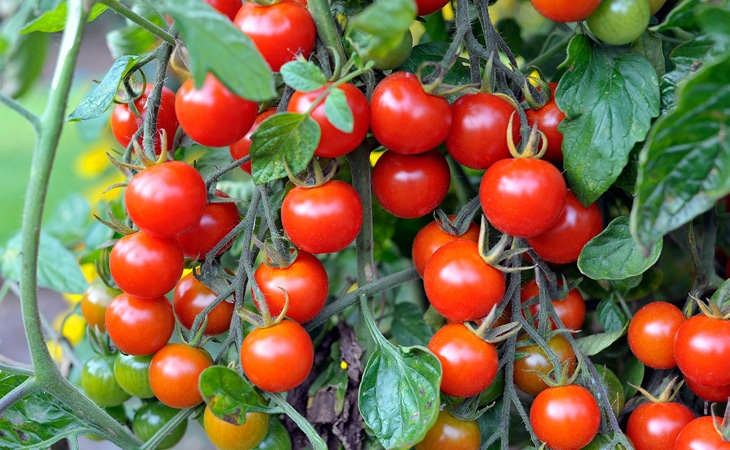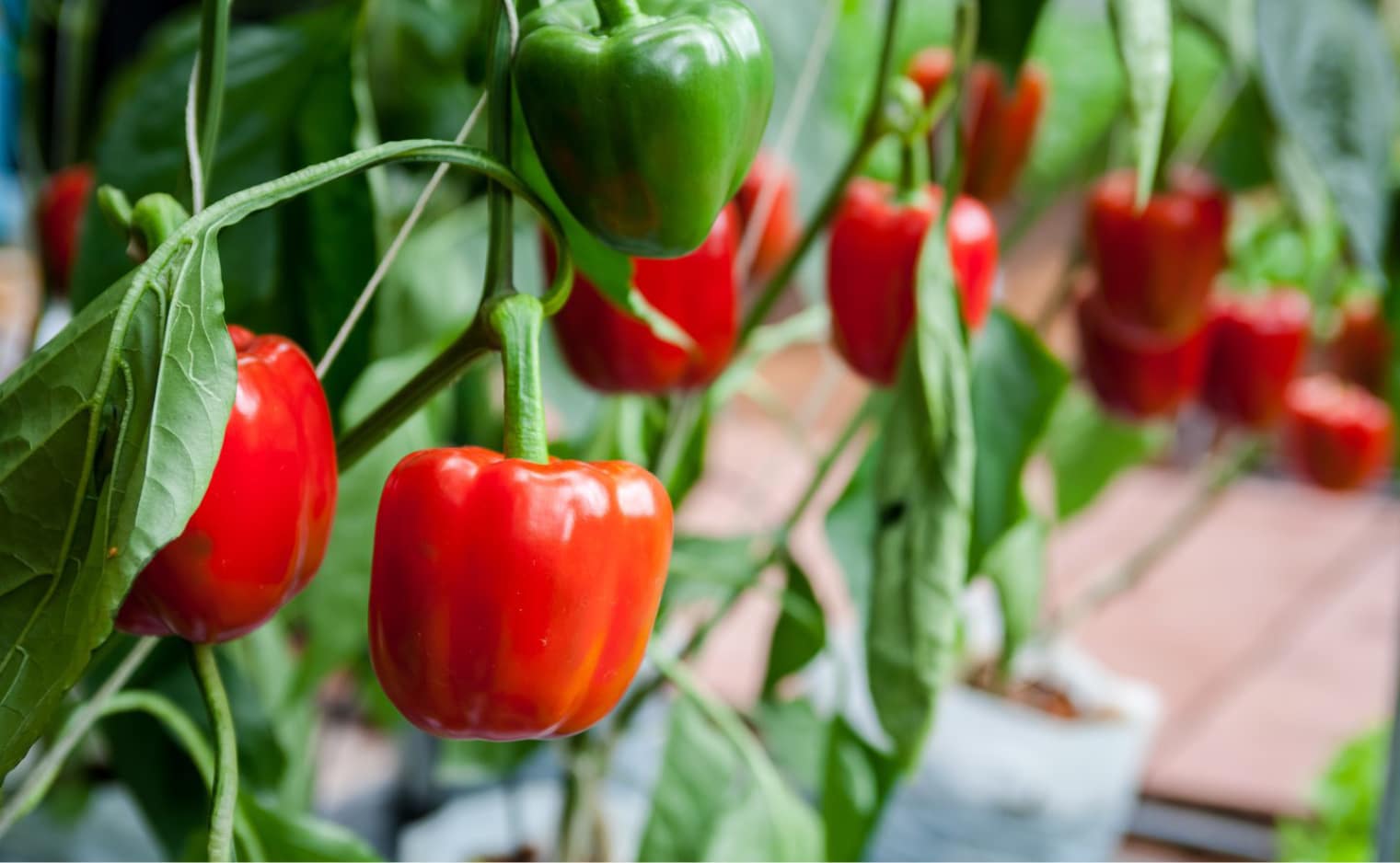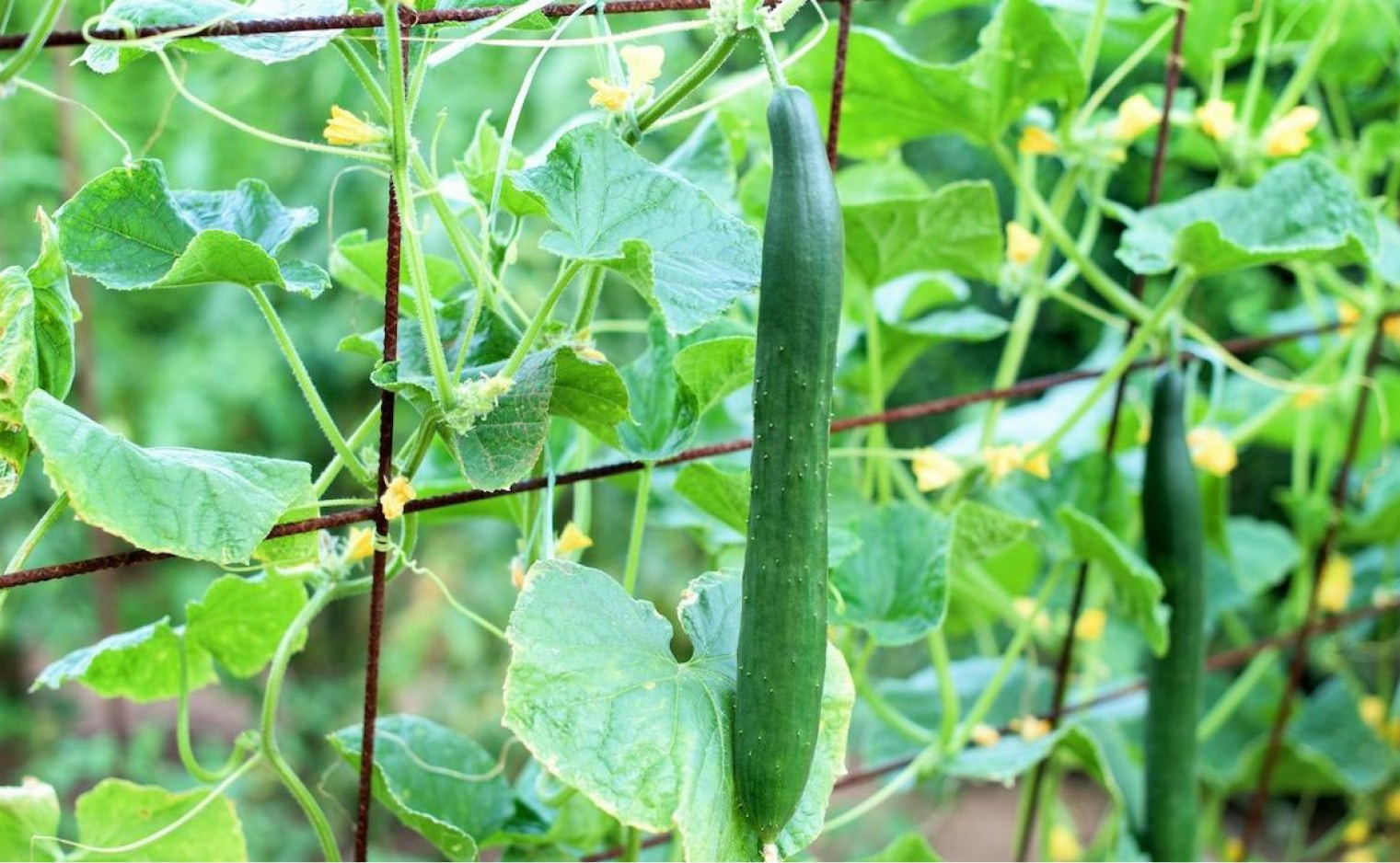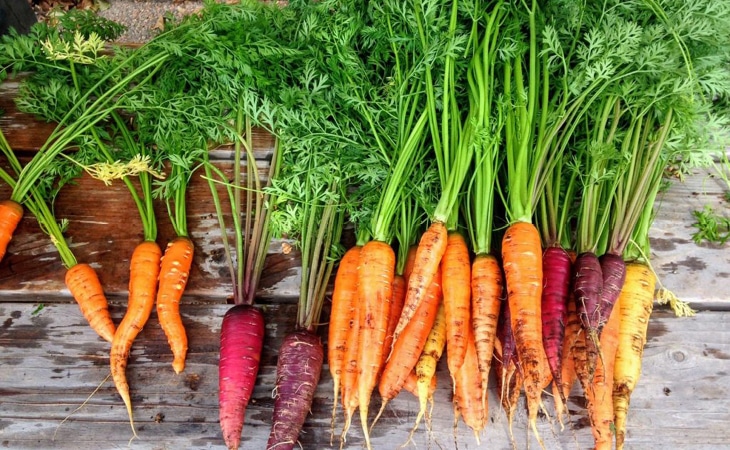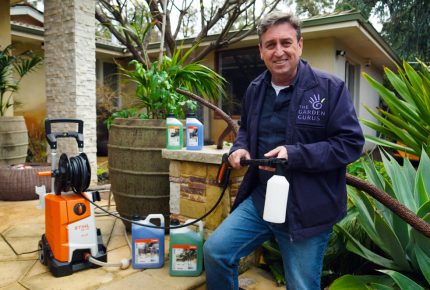
#How To
How To Grow A Summer Salad
There’s nothing better than eating produce from your own backyard! Spring is the best time to plant warm seasoned herbs and vegetables. Not only are the conditions kind, your plantings will thrive in the warmer weather and increased hours of sunlight, and will be ready for harvest come summer. There are a number of different edible plants to choose from at this time of year, so here are our top picks on what to plant now to make a perfect summer salad.
Rocket
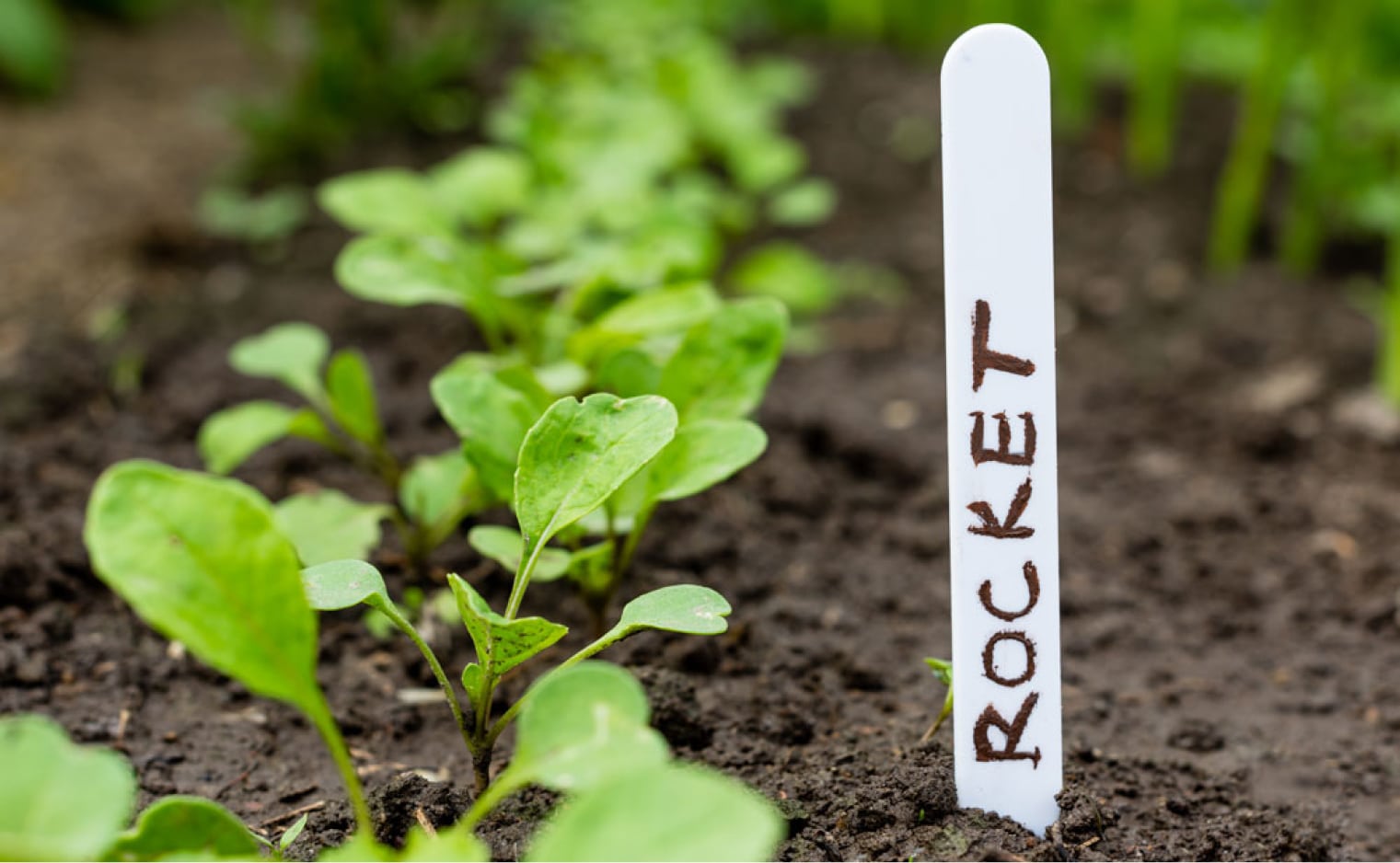
Rocket is an easy and versatile leafy green to grow at home, and will add a peppery punch to any salad. The best part about rocket is that it can tolerate warm and cold weather, so you’ll have success growing this salad favourite no matter where you reside in the country. Another great thing about growing rocket is that you can plant your seedlings straight into the ground or in a large pot – both work well. They do love sunshine, so if you’re lacking sunny spots in your backyard, or lacking a backyard altogether, a pot will allow you to grow rocket on your balcony, or place it in an area that gets the most hours of sunlight.
Well drained soil is key to a successful bunch of rocket which is one of the benefits of planting into a pot, however as long as your ground soil is nice and loose prior to planting, you won’t have any issues.
Provided the conditions are right, rocket leaves will typically be ready for harvest within about six to eight weeks time. They’re at their best when they’re young, so be sure to nip off leaves and eat as soon as they appear. Doing this will also encourage new growth, so you can enjoy this peppery favourite all season long.
CHERRY TOMATOES
Another salad favourite! They can also be thrown on top of a pizza, or sauteed to make a zesty side with your Sunday morning fry up. And, not only are they great in the kitchen, some varieties come in oranges, reds and yellows, so they add a nice pop of colour to your garden too.
Cherry tomatoes love the warmer months so it’s important to hold off putting them in the ground until the frosty mornings are behind you as they don’t cope well in cooler temperatures and frost. In the southern states, October is likely a better time for planting, while the northern states can start planting in early September.
Cherry tomato plants should be at least 15-20cm tall before they’re put into the ground, and like to be spaced at least 40-60cm apart as they can get quite bushy once they take off. They’re also sun lovers that thrive in well drained soil, so they’ll pair well with your rocket plantings. As they grow taller, you may need to secure the top ends to a stake to keep them growing upright as their stems thicken.
In the right conditions, they should be ready for picking in roughly eight weeks time. Keep an eye on them however, once they’re looking the colour you’re expecting, they’ll be ready for eating.
BASIL
Basil is especially difficult to grow outdoors in cooler conditions, so avid greenthumbs are super excited to get this one in the ground as soon as the warmer weather rolls around! Basil is a lovely addition to any summer salad and pairs perfectly with tomato. There are also many other uses for it in the kitchen – are we right, pesto lovers?
Basil is another sun-loving herb to plant in early spring which also thrives in well drained soil. This particular leaf is on the thirsty side, so keeping it well hydrated, particularly when the temperatures really start to pick up, is key to its success. Keep in mind that basil leaves are quite delicate, so be sure to water at the base of the plant to avoid any damage to new leaves.
As a rough guide, spacing your plantings 30-40cm apart will give them enough room to grow. Basil is a pick-as-you-go type of herb, so only harvest what you need, when you need it. It doesn’t keep well unless you freeze it, so it’s best left on the plant until used. If you find your basil is growing quicker than you need it (lucky you!), harvest a whole lot and pop it in the freezer. This will keep it growing healthy.
CAPSICUM
Another colourful favourite that has many uses in the kitchen! Capsicums are a little bit fussy compared to the previous mentioned veggies and herbs, but they’re not impossible. While they like the warmer weather, they prefer less water compared to say, basil, so they need to be positioned somewhere sheltered so they aren’t soaked every time it rains. They do like the sunshine, however, so for this reason, they work well in pots however, planting into the ground is fine too provided you can find a suitable space for them.
If you are planting into the ground, wait until Spring has well and truly settled in so you can plant them straight into warm soil. Adding a stake will also help keep them up off the ground and avoid any bruises.
Capsicums can take up to three months before they’re ready for harvest, so getting them into the ground as soon as the weather is ready is important! They can be picked when green, or you can wait until they’ve turned orange or red if you prefer. They’re lovely and sweet either way.
CUCUMBERS
Cucumbers are also wonderful and versatile through the warmer months. They are nice and easy to grow, however they are quite particular about where they want to be. If you’re in the southern states where the weather is cooler year round, they prefer full sun. Whereas in the northern states where the weather is warm all season long with very few cool days, they like the warm air, but enjoy a break from the sun when it’s really hot. Positioning them in a place that only sees the sun half of the day will be plenty.
Cucumbers are climbers, so planting them along a fence or setting up a piece of lattice will allow them to easily climb and grow. Soil preparation is also vitally important for cucumbers, as they prefer well drained and loose soil and will benefit from a little bit of gentle fertiliser to give them a kick start.
CARROTS
Spring is the perfect time to plant carrots right across the country. They tend to be a bit sensitive to extreme weather conditions, so if you’re going to give carrots a go, spring or autumn is the best time to do it. Carrots prefer to be grown in the ground and don’t do too well in pots. They also thrive in soil that has previously been home to other veggies, so if you’re removing any winter crops, this is the perfect place for your carrots to go.
Before you go putting your seedlings into the ground, you MUST prepare your soil. While this is an important step regardless of what you’re planting, its especially important when it comes to carrots to ensure that they grow nice and straight. Large lumps of hard soil or stray rocks in your garden bed will leave you with some funny looks carrots in about 8-10 weeks from planting, so make sure you remove these beforehand.
The easiest way to plant your seedlings is to dig a trench in your veggie patch that’s roughly 2cm deep, and scatter the seedlings at the base before filling the trench in. Once your carrots have stated to sprout and get to roughly 5cm in height which should happen in roughly three weeks time, you’ll need to remove the ones that haven’t sprouted to make room for the ones that have taken off. Leave at least 3cm between each successful sprout. Repeat this same process once the tops of your carrots are 12-15cm in height which should be in another three weeks time, but this time, allow 5cm space between them. From there, your carrots will likely be ready for harvest around the 10 week mark from planting, but the only way to tell is to pull one out and check.
These are just a few of our favourites edible plants in spring, but there are plenty of other rewarding and tasty options that are great at this time of the year depending on where you reside. If you’re new to edible gardens and not sure where to start, click here to check out our guide on how to start a veggie patch from scratch, and be sure to follow our social channels for more seasonal gardening tips and projects to keep you going.

